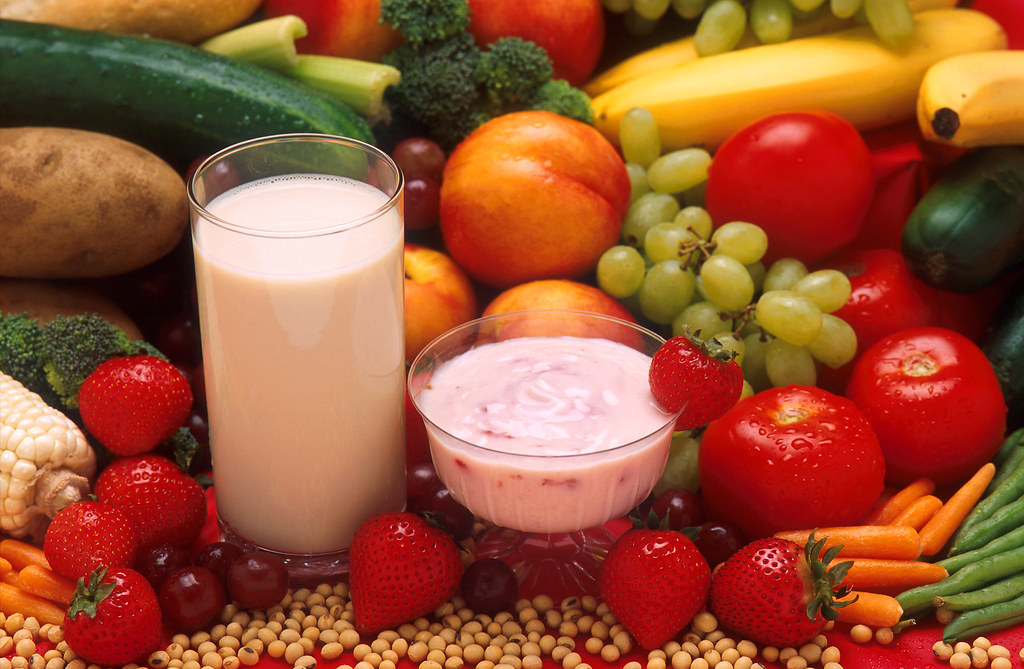
24 Apr The Performance Training and Nutrition Menu for Female Athletes
Let me ask you this: as an athlete, when do you feel at your BEST?
When do you feel your most empowered? Your strongest? Your most energized? Your healthiest? Your most resilient?
When do you feel ready to step on the field with confidence and tenacity?
Let me dive deeper: what exactly are you doing when you feel at your BEST?
Are you doing your workouts? Are you training with intensity transferable to the game? Are you tracking your progress? Are you hydrating? Are you filling your body with nutrients and whole foods?
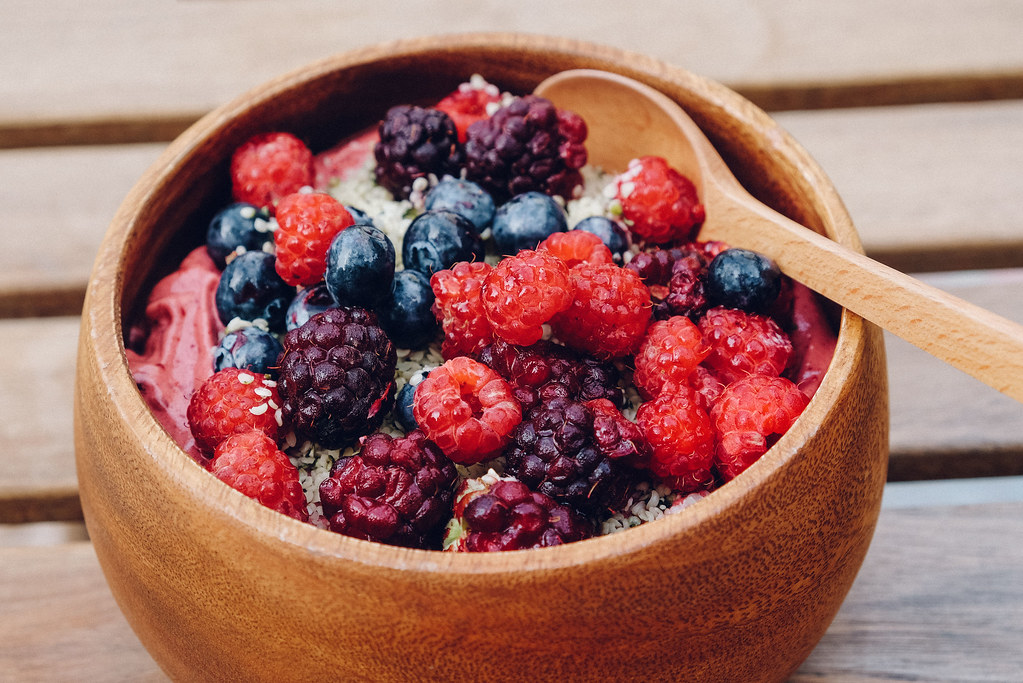
Or are you consuming toxic junk? Are you missing workouts? Are you training at a slow pace that won’t sustain in the game? Are you not competing with yourself? Are you rolling your eyes at the thought of a strength workout? Are you “forgetting” to hydrate? Are you eating a bag of chips in one sitting?
Before my friend and amazing dietician, Wendi Irbeck, RD talks nutrition for performance, I want to get into the physical training aspect first.
Right now, there are no excuses to miss workouts and train half-heartedly, unless you have a real emergency.
For everyone else who has good health, a safe family, a roof, a home gym fancier than my facility, and a front yard the size of a soccer field, there are no excuses to not do your strength and conditioning workouts.
Sports are canceled, so what are you doing to prepare to be your best when they return?
What do you look like and act like when you are training at your BEST? How do you envision yourself stepping back onto the field?
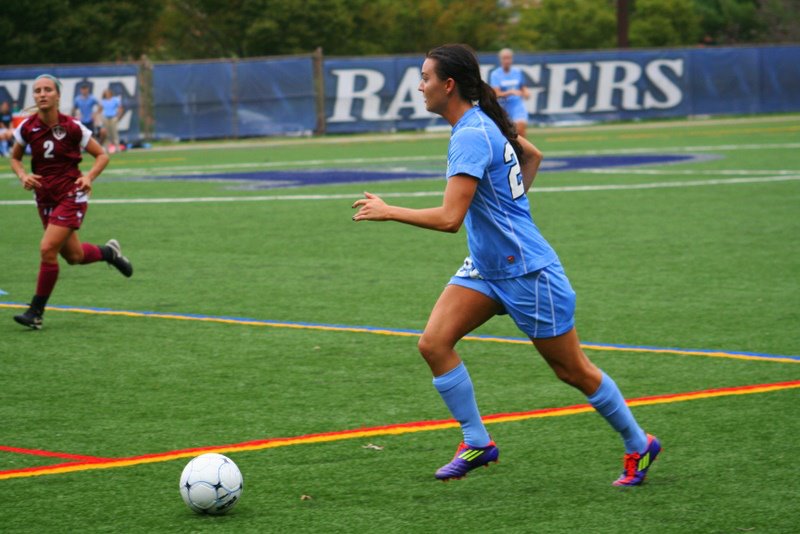
They’re deep questions, but get a paper and pencil and start writing your thoughts.
It’s critical to become AWARE of who you aspire to be.
And this is a tough pill to swallow, but returning to play as the player you were before the quarantine began is going to be immensely hard.
And it’s going to take a grind harder than you can imagine.
No amount of HIIT circuits on the web are going to prepare you. No amount of bodyweight workouts are going to bulletproof you against the change of direction, fatiguing muscle actions in the game that cause ACL injury. No amount of jump squat, burpee and push-up tests are going to train your nervous system how to sprint FAST again. No amount of team plank competitions will suffice.

Even though the world has come to a stop, strength and conditioning programming based off of science has not.
Too, it’s important to remember these things:
– You now have time to really improve the physical components of your game: speed, power, and conditioning. Practices and games aren’t in the way anymore.
– You now have time to hone in on correct and safe movement patterns for a healthier return to play, and seek out professionals to help.
– You now have time to lean into the power of exercise and strength training for mental health and immunity.
There are no excuses.
To that end, those of you who care deeply about the game, or playing at a high level, will show your true colors right now.
Do you truly love the game? Are you committed? Can you adapt when adversity strikes? Can you embrace challenge with composure and confidence?
If you want to earn your stripes as a high level athlete, let’s see how well you rise above the chaos during a global pandemic.
^ shout out to these female athletes who have been an inspiration for me as a coach. Words cannot describe how incredibly in awe I am of their drive to become better athletes and humans during such a tough time.
Don’t take this out of context, though. I’m not totally insensitive to the emotional storm now and the emergencies some of your families might have.
It’s VERY real that everyone is anxious, scared, sad, depressed, worried and workouts might be the last thing on your minds.
I get it, I experienced it, I didn’t work out for a few weeks, my loved ones are going through suffering.
I had a family member emergency during this time, and I have another who is in intensive care, who I cannot fly to see during what might be their final hours. No joke. It’s serious.
And terrifying, devastating, and downright HORRIFIC.
Alas, as I mourn and navigate these stomach knotting events, I have a choice: to move forward, or to regress down a dark path of anxiety, depression, addictions, mindless Instagram scrolls, eight hour Netflix binges, anything else that won’t serve me. You name it. Pick a poison.
Or…
Move in an empowering direction.
I’m speaking to everyone now: you have an ACTIVE CHOICE during this time to shift your perspective and change how you respond to externals beyond your control.
Now, let’s address the coaches, this is for you: if you want to earn your stripes as a coach, let’s see how much you hold your players accountable for their physical and mental health during this time. Let’s see if you can give tough love and push them to be better and take action.
Truthfully, I would be a terrible coach to kids who want to perform at a high level if I didn’t encourage them to continue to train like the amazing athletes they are during this time.
It’s a win-win to move, get better, improve speed times, get stronger, and keep routine. No going through the motions.
Athletes thrive on goal setting, routine, and working hard toward something meaningful.
They flourish when challenged, encouraged, and supported wholeheartedly.
They rise above when they have leadership and are reminded of their purpose.
They pour love into their bodies when they move and eat nutrient dense foods.
Okay, okay. I’ll step off my soapbox.
I do want to provide actionable items for the athletes and coaches who do not have access to a comprehensive strength and conditioning program, and help people piece this all together with minimal thinking and stress.
I’m happy to take everyone through a sample week menu with video links. It is going to be similar to an off-season program that focuses on general strength, power, speed and conditioning, then progresses to specific in the next couple months as we approach sports starting back up again.
Day 1: Total Body Strength
Heel Hold
Clock Jab Steps
Slow Box Squat
Mini Vertical Jump
Pull-Up
Lateral Lunge
SL Deadlift
Plank Walkout
Day 2: Linear Speed and Conditioning
Dynamic WU (10 minutes – aerobic zone)
Linear Skipping (7 minutes continuous – aerobic zone)
Forward March
Forward Skip
High Knees
Acceleration Leans (focus on loading ball of foot, shoulders past hips, back arm extended)
Kneeling Accelerations
Feet Chopping Sprints
Timed 30
Timed 40
Day 3: Total Body Strength
Dead Bug
Jab Steps
Slow Bird Dog
Multi-Directional Band Walks
Dumbbell Deadlift
Snap Down
Broad Jump
Pull-Up
Banded Good Morning
Glute Bridge Floor Press
Hollow Hold
Body Saw
Day 4: Lateral Speed and Agility
Dynamic WU (10 minutes – aerobic zone)
Lateral Skipping (7 minutes continuous – aerobic zone)
Lateral Skip
Lateral High Knees
Side Shuffle Technique with Hold
Side Shuffle to 30-yard sprint
Lateral Footwork to 40-yard sprint
Day 5: Total Body Strength
Glute Bridge Abduction
Controlled Mountain Climber
Goblet Split Squat
Lateral Bounding
Pull-Up
Single Leg Deadlift Hold
Side Plank
Day 6: Chill Out
8 hours x AMRAP ;-O
So there you are. Again, this is just glossing over the tip of the iceberg.
Have at it with this sample menu, and enjoy for a few weeks (I’d say up to 2-4 weeks, then you need to begin to tweak the sets/reps, challenge with new movements, progress intensity, learn how to absorb and create force, and put yourself in conditioning drills at a higher intensity than the game to provide a physiological adaptation).
But start here and see how you do.
Remember, general —-> specific.
Done correctly and considering you aren’t skipping workouts, you are good on volume and should be gassed after these workouts. Not depleted nor destroyed, but feeling like you accomplished a tough training session like a high level athlete.
I’ll have Wendi take it away with how to work in proper nutrition to make the most of an off-season menu like this, and return to the field feeling empowered and at your best physically. Nutrition plays a major role in the success of these workouts and the intensity, as well as energy you bring to them.
Eat. And fuel up.
Enjoy.
Erica has really provided the framework for a consistent conditioning and workout program which should be supported by sufficient energy. I will address some of the specifics in greater detail below.
Typically, the offseason is the period from December and January to May, June or even July when soccer athletes are fending for themselves. This time is best spent relaxing and disconnecting from the soccer world to “decompress”.
As highly competitive athletes we all need rest and our brains and bodies need a break to support recovery to continue building. However, eating and fueling well along with staying active as Erica so thoroughly illustrated in the workouts above is important.
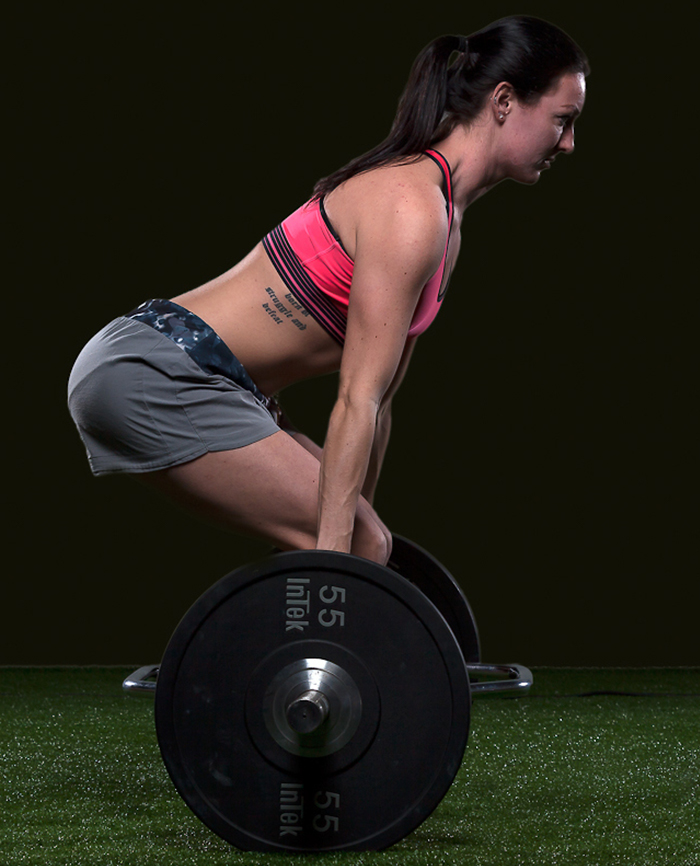
Eating a variety of real foods, yes real foods, not supplements is critical during this time to help maintain condition, strength and endurance. overlooked piece of the puzzle or a missed opportunity to improve by young players. The goals of this “off-season” sample can be represented below:
- Account for the differences in training, lifestyle and of course the unprecedented times we find ourselves in, the Novel Covid-19 Pandemic if you will. It’s important nutrient intake is adjusted but also sufficient to support the “off-season” activity.
- Acknowledge body composition changes in which weight may fluctuate and that is OKAY! The offseason is a great time to focus on your individual progress and any body comp changes that may be necessary would be a great opportunity to consult with a registered dietitian. An under-fueled low-energy athlete cannot build or maintain muscle mass or size, so nutrition remains critical during this time.
- Create a solid equilibrium between training volume and nutritional intake.
Fueling Fundamentals for Offseason:
Intent: Focus on fueling to support your training objectives. Which may include strength gains, improving focus, speed, endurance and decreasing risk of injury.
Quality nutrients: Your plate should contain all the essential components of the plate. Colorful fruits, veggies, whole grains, lean protein and healthy fats. Proper nutrition will provide you the sustained energy to help you recover from training and provide satiety between meals.
Quantity: Optimal training requires sufficient energy (calories) to support growth, development, and overall energy needs during training.
Timing: Balance your meals with snacks to ensure you’re feeling appropriately. Post-workouts and training should contain a protein and carbohydrate to support recovery and performance adaptations.
Consistency: Consuming consistent meals, snacks and overall calories to support your growth and performance is vital. There are no magic meals to bolster athletic performance. Games won are in the offseason where nutrition is prioritized. Another key to consistency is finding what works well for you and your training. Never try a new meal on a heavy or intense training day. That stands true for game day. Never experiment with new foods, as they risk stomach pain, digestive challenges and can hinder performance.
Hydration: Fluids are essential for optimal health and athletic performance. You need about 80-100 oz. of fluid per day to support the transportation of essential nutrients to your muscles and organs. Water is key for keeping our joints fluid, muscle contraction and overall focus. A drop in 1-2% of your total body weight can result in declines in your performance ranging from cognition, muscle contraction, speed and overall fatigue. For every pound lost around training, replace with 16 to 24 oz. of fluid.
So, as you’re learning nutrition plays a pivotal role in your health and performance. Nutrition is truly a tool to support the overall maintenance and strength of your body, which is a machine. Your plate should reflect your health and performance goals. Every meal and snack, include:
- Fat
- Lean protein
- Carbohydrate
- Water/and or serving of dairy
This is what is referred to as the performance plate.
To perform at your best, it’s important to eat the rainbow and get a balance from most IF NOT ALL food groups at every meal. The size of those portions may increase or decrease provided the season.
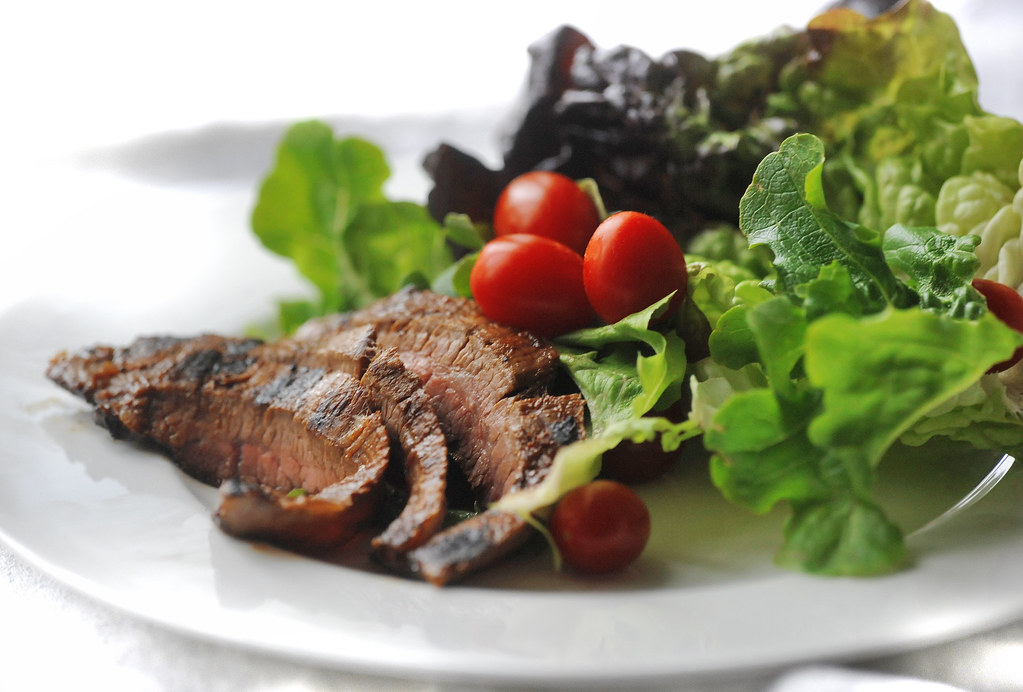
For this specific article, we are in the off-season, so additional whole grains or carbs may not be necessary. However, eating for health and fueling for activity requires the right amount. What does that look like roughly? For girls, that can be anywhere from 2400-3000 kcal per day and boys 2800-3500 kcal per day. In each hour soccer athletes can burn up to 500-700 kcal per hour.
Nutrition with Wendi Quick Nutrition Tips:
- Eat breakfast every day, non-negotiable.
- Eat real food, prioritize nutrients from whole foods instead of supplements.
- Do not skip meals – all meals matter.
- Assess hunger, if you’re hungry post-meal, load up on more veggies!
- Drink plenty of fluids (80-100 oz.).
- Always reach for baked, grilled, steamed, broiled, roasted and never fried.
- To ensure good sleep avoid high-fat, spicy or overly large meals prior to bed.
- Eat the rainbow, focus on lean proteins, quality fats and fluids at each meal.
- Consume quality nutrients every 2-3 hours to avoid hunger and support proper energy levels.
Sample Meal Ideas for Athletes (Nutrition with Wendi) SM
| Day | Breakfast | Snack
|
Lunch | Dinner
|
Post-training
|
Pre-sleep snack |
| Day 1 | (Protein + fiber rich food + fruit/veggie) | (1-2 carb choices + 1-2 oz. protein) | (Protein + whole grain + fruit/veggie) | (Protein + whole grain + fruit/veggie) | (Protein + Carb within 30-60 min of training
|
(Little protein + some carb, (60-min of bed)) |
| Day 2 | 2 egg veggie omelet + whole grain English muffin with avocado
1-2 cups of water |
Cucumber slices + String cheese | Whole-grain turkey pesto wrap + pear + carrot sticks | Grilled chicken sandwich on whole-grain bun, steam veggies, side salad with avocado, water and low-fat milk | Banana, 8 oz of low-fat chocolate milk or
|
3 oz. Cottage cheese with raspberries |
| Day 3 | Fruit yogurt parfait
· 1 cup berries · 1 cup Greek yogurt · 1/2 cup whole-grain oats 1-2 cups of water
|
Hummus + pepper slices | Brown rice + black beans, 4 oz. baked or grilled chicken + spinach salad with vinaigrette or low-fat dressing
1-2 cups of water |
Large baked potato, broccoli in low-fat cheese, salsa, sliced turkey and salsa + 1 cup of berries
1-2 cups of water |
6 oz. of Greek yogurt + 1 c. berries | 1 banana with 2 Tbsp. nut butter |
| Day 4 | Fruit smoothie
· 1 cup whole grain oats · 4 oz of low-fat milk · 1 cup blueberries + spinach · 1 piece of whole grain toast |
String cheese, whole grain crackers + apple | Turkey tacos (whole grain tortilla, 3 oz. of 93% lean hamburger meat, cheese, lettuce, salsa, avocado)
8 oz. cup of milk 1-2 cups of water |
Whole-wheat English muffin with low-fat tuna + melted Swiss cheese + baked baby carrots, green beans + side fruit
1-2 cups of water |
1 cup of grapes, string cheese or hard boiled egg | ½ whole grain turkey sandwich |
| Day 5 | Whole grain bagel with 2 oz. of turkey, cheese and tomato
1-2 cups of water |
Kind bar, RX protein bar, nut bar, high protein granola bar + pineapple or raspberries | Whole-grain pasta + 1 cup of broccoli + cherries | 3 oz. of steak | 8 oz of tart cherry juice + string cheese | String cheese + pear slices |
| Day 6 | Whole grain waffle with 2 Tbsp. almond butter, chia or flax seed
Orange/Pear
1-2 cups of water |
Whole grain rice cake + 1 Tbsp. nut butter + blueberries or banana slices | Whole-wheat English muffin topped with marinara sauce, mozzarella cheese, grilled chicken, spinach + side of fruit
1-2 cups of water |
Hamburger + whole grain pasta, green beans + tomato spinach salad with feta cheese | Whole grain waffle + 1 Tbsp. peanut butter + banana slices | Greek yogurt + blueberries |
| Day 7 | Whole-wheat pita + egg + low-fat cheese + sliced apple
1-2 cups of water |
Whole-wheat crackers, strawberries + string cheese | Sautéed shrimp + asparagus, brown rice + blueberries
1-2 cups of water or low-fat milk |
Sautéed veggies, ground turkey, sweet potato + raspberries
1-2 cups of water or low-fat milk |
Chunky monkey smoothie (see recipe) | Whole-wheat bread + 1 Tbsp. almond butter |
| Day 8 | Oatmeal or overnight oats prepared with cow’s or soy milk + sliced almonds + peaches (see recipe)
1-2 cups of water |
Sugar snap peas, sliced bell peppers + hummus or low-fat ranch dip | 3 oz. of salmon or (baked fish option) veggie salad, avocado, whole-wheat roll
1-2 cups of water |
Tomato basil wrap with tofu + sautéed mushrooms and onions + frozen grapes
1-2 cups of water or 8 oz. of low-fat milk |
2 Hard-boiled eggs + blueberries | Banana soft-serve (combine ½ scoop protein powder + ice + frozen banana with 4 oz. of milk) |
As I say, “nutrition is your secret weapon to outcompete your competition. It can make you good or great, the choice is up to you.” (SM)
GET THE STRONG FEMALE ATHLETE BOOK, A SCIENCE-BASED APPROACH TO REDUCE INJURY, IMPROVE PERFORMANCE AND INCREASE CONFIDENCE IN FEMALE ATHLETES HERE
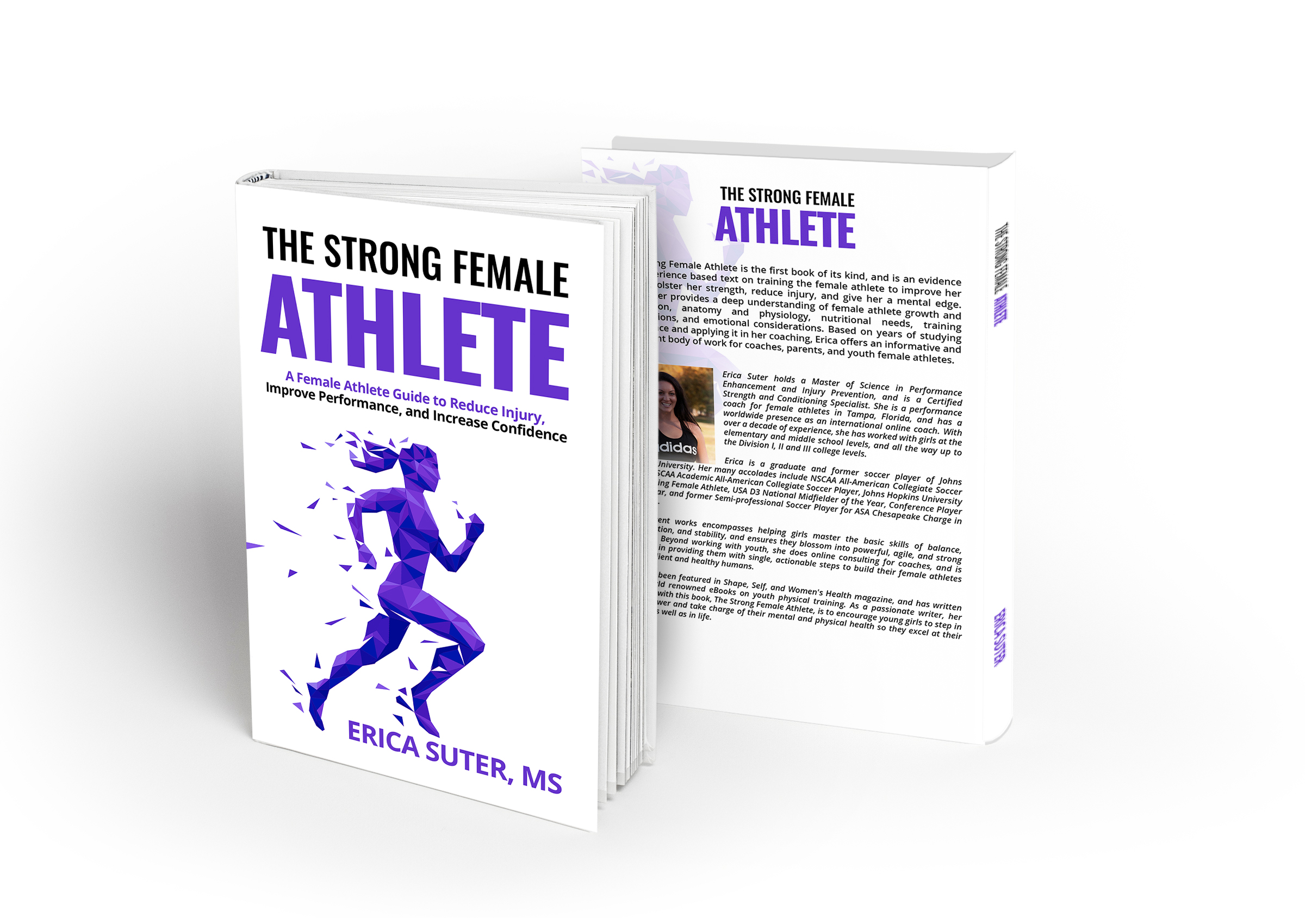
About the Authors

Erica Suter is a certified strength and conditioning coach in Baltimore, Maryland, as well as online for thousands of youth soccer players. She works with kids starting at the elementary level and going all the way up to the college level. She believes in long-term athletic development and the gradual progression of physical training for safe and effective results. She helps youth master the basic skills of balance, coordination, and stability, and ensures they blossom into powerful, fast and strong athlete when they’re older. She has written two books on youth strength and conditioning, Total Youth Soccer Fitness, and Total Youth Soccer Fitness 365, a year-round program for young soccer players to develop their speed, strength and conditioning.
Follow Erica on Twitter and Instagram and book a discovery call to become an online client HERE.
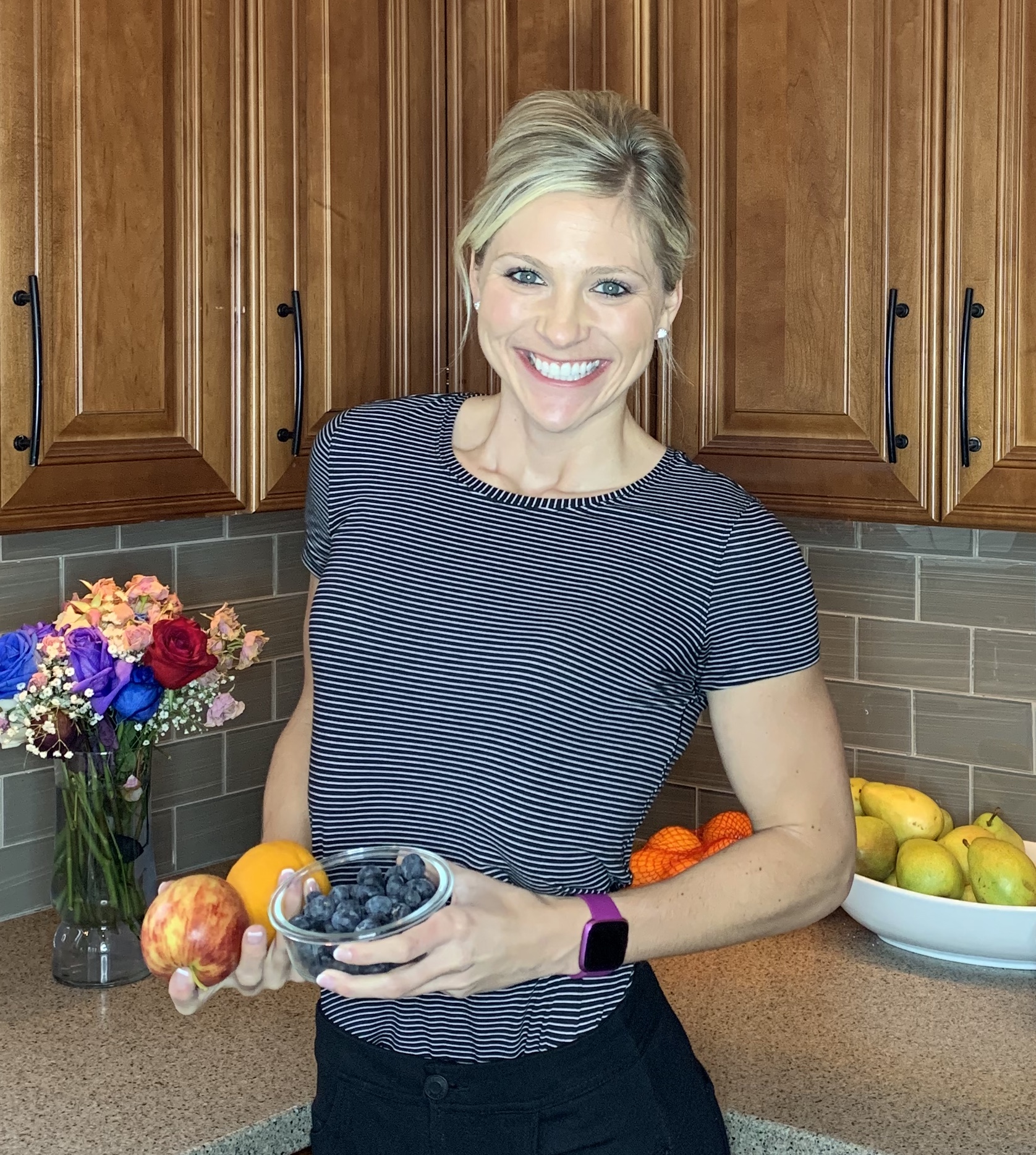
Wendi Irlbeck, MS, RDN is a registered dietitian nutritionist, health & fitness coach and former college athlete. Wendi utilizes evidence-based science to create nutrition programs for athletes to optimize performance, minimize health risks, and enhance recovery from training while focusing on injury prevention. Wendi partners with parents, sports performance staff, special needs and recreational athletes and organizations to eat and fuel for success. Wendi specializes in sports nutrition serving elite youth athletes as well as collegiate athletes teaching them the importance of getting back to the basics. She is a former sports dietitian for the Dairy Council of Michigan, is an adjunct instructor in Kinesiology, Health and Wellness Division at Lansing Community College in Lansing, Michigan. She earned both her B.S. and M.S. at the University of Wisconsin-Stout and has spent time learning from several professionals in the field along with an internship at the University of Florida. Wendi is based in East Lansing, Michigan with her own nutrition consulting business.
Follow Wendi on Twitter and Instagram and book a consultation to become a nutritional client HERE.
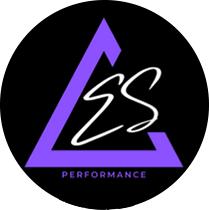

No Comments